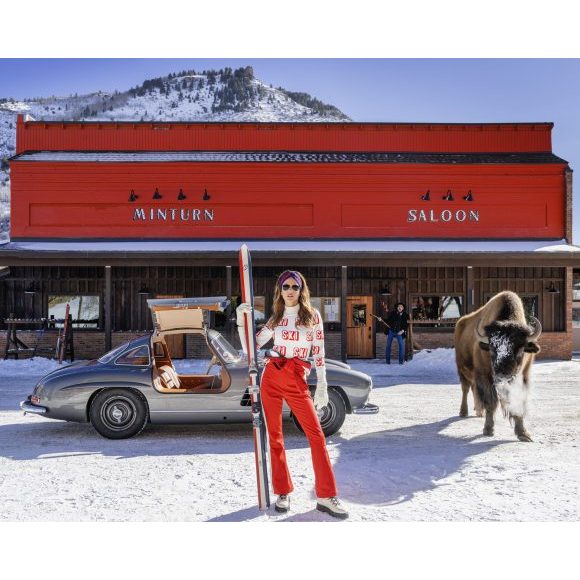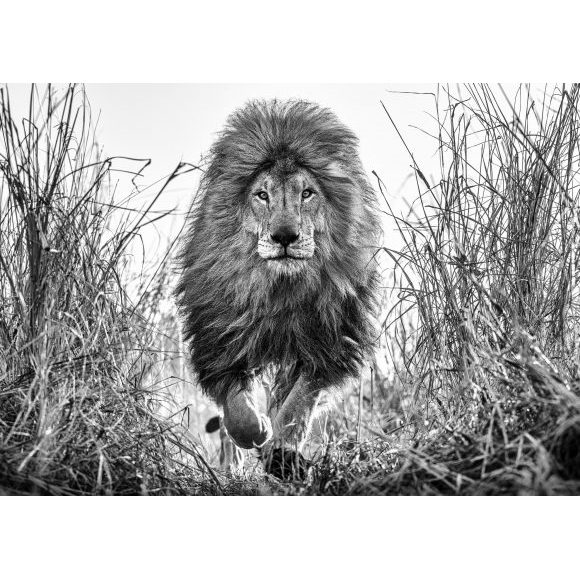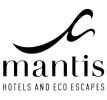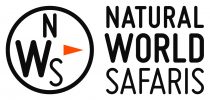Letter From Glasgow
Scotland is my country of birth and I am a proud Scot. The country gave the world so much – not just golf and whisky, but the telephone, the television, penicillin and steam engines. Then there were the poems of Robbie Burns, the novels of Sir Walter Scott and the architectural drawings of Charles Rennie Mackintosh.
Today, whilst it still punches above its weight in the arts, music and entertainment and has a decent presence in digital media and computer engineering, there can be a tendency to focus on “all our yesterdays”. J.K. Rowling and Andy Murray notwithstanding, it may well be that our greatest footprints are behind us.
The recent referendum on independence brought the country’s character sharply into focus and, just as with Brexit, the issue divided many friends and families. The conservatism of Scots narrowly won that day and the status quo was maintained, but the outlook for the country in a period of seemingly lower oil prices and a weakened banking system is still deeply uncertain.
Golf and whisky will always attract visitors, but there is another constant that is often forgotten – the unruly, barren and majestic landscape of The Highlands are unlike anywhere in the world. It is simply not a normal part of the planet.
The North West of Scotland offers vistas that are both dramatic and mournful and I still consider the A82 from Glasgow to Fort William to be one of the most visually intoxicating drives in the world.
The problem is that familiarity dulls down our sense of perspective and we Scots consider this highland gateway to be no more than a means of getting from A to B – just as Californians regard Highway 1 or Norwegians view the Atlantic Ocean Road as a utility not a national treasure. A prophet was never accepted in his home town.
In August, I took a large multinational film crew up the A82 to Torridon. When we stopped halfway at Glencoe, they were spellbound by what they saw and this reminded me that there are often forgotten jewels close to home.
The midges are awful, the dodgy pub was closed for refurbishment and there was rain in the air, but 40 people were transfixed by the awesomeness of the scenery.
Glencoe is majestic whatever the weather and whatever the season and I do understand why it offers foreigners a chance to romanticise about life in Scotland 500 or even 1,000 years ago. It is a glen of dreams (as well as midges) and the grandeur and mystique offered by the light and lines is as good as anywhere. The film crew thought that I had taken them to the set of “Game of Thrones”.

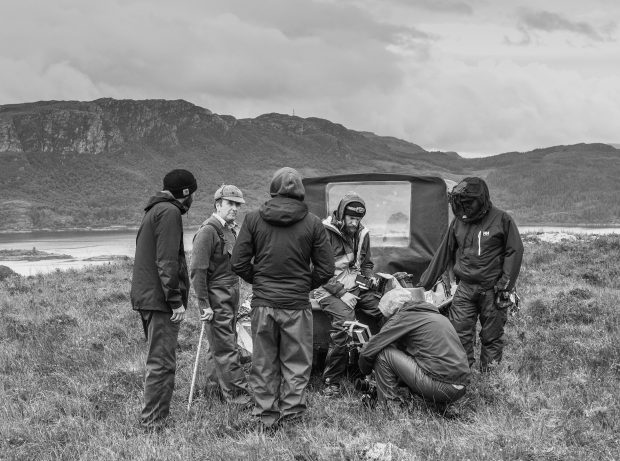
"I had an image in my mind - I just needed the cooperation of a big stag."

Albert Watson is probably Scotland’s most celebrated photographer and I am proud now to call him a friend. We met recently in Palm Beach – where we share the same gallery representation. His portraits of Kate Moss, Alfred Hitchcock, Mike Tyson and Mick Jagger are up there as some of the greatest works of photographic art of the last 50 years. Refined and pristine, Albert’s images are not only seductive and beautiful, they are a masterclass on being in charge of the situation.
Like many great artists, he has a wandering and energetic mind and his crusade for novelty and fresh challenges recently took him from his home in New York to the Isle of Skye. I remember looking through his portfolio of images during that trip with him in Florida and asking him about his approach in this accessible and well documented island. He simply said that “he would not let Skye impose itself on him, he wanted to impose himself on Skye”.
His sage words were firmly in my mind as I arrived in Lochcarron in August. Even in my homeland I need fixers and Colin Murdoch – who looks after the stags for the landlord of the local estate – has exceptional local knowledge. For weeks we had planned this shoot and he turned out to be a gem of a find. The summit above Lochcarron offers a great view of Skye and I had an image in my mind – I just needed the cooperation of a big stag.
To take transcending landscape photography is challenging – simply because the landscape is always there. I shy away from loose landscape images and unless there is context in the foreground, the images can be extremely dull. The concept that appealed to me was to have a big stag as close as possible and then shoot towards the Isle of Skye. Intuitively the early morning sun from the east offered the best conditions to film.
The film crew and I hitched a dawn ride in Colin’s monster of an argonaut. Our intended destination was the summit overlooking Plockton and the only way up there was in this six wheel beast – walking through the night was not a practical or an enticing option. But it was still a 4 am start for Colin, myself and the crew to get to the highpoint above the loch. In Colin’s experience, the best chance of seeing a big stag was at the summit. That was the singular goal. No stag – no party.


